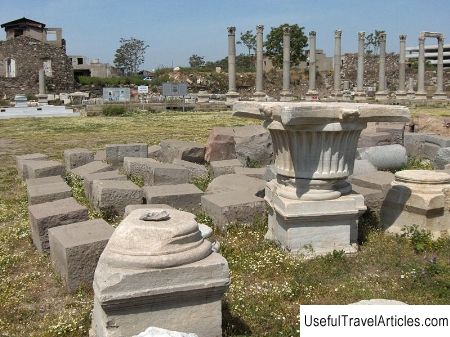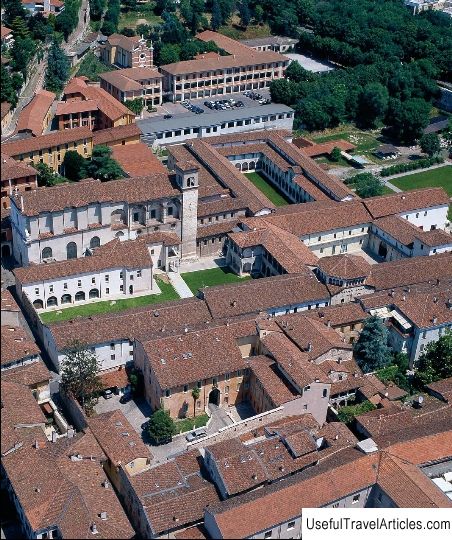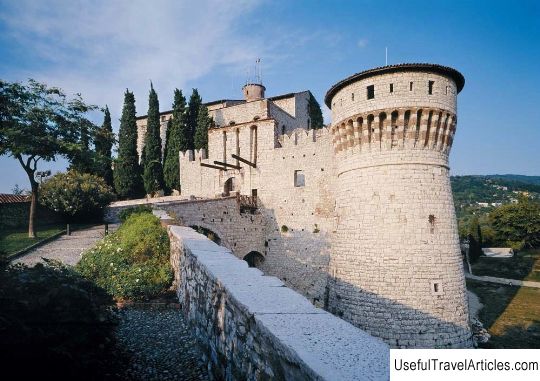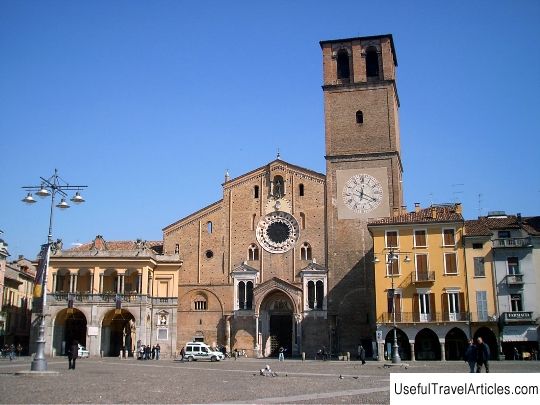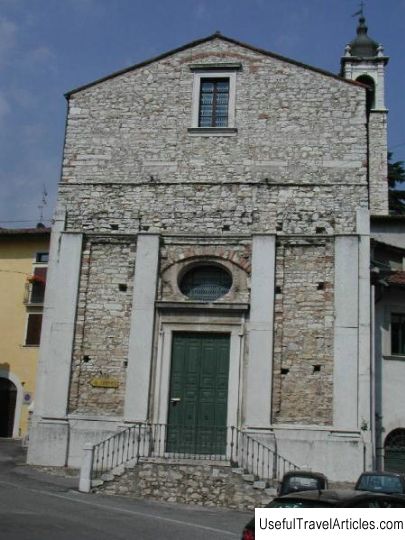Broletto description and photos - Italy: Brescia
Rating: 7,8/10 (4054 votes) 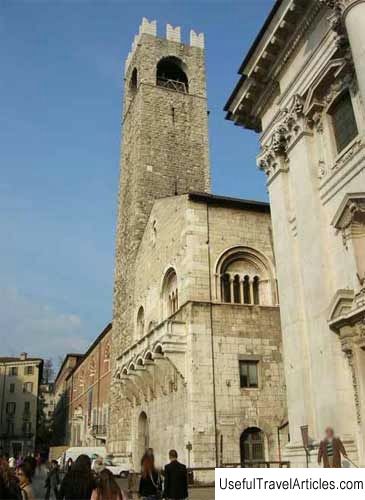
Broletto description and photos - Italy: Brescia. Detailed information about the attraction. Description, photographs and a map showing the nearest significant objects. The name in English is Broletto. Photo and descriptionBroletto is an old Italian word, probably derived from the Celtic language. Initially it meant "a small greenhouse" or "garden", and then this word began to be called "a field surrounded by a wall." Another meaning of the word "broletto" is "the place where justice is done." And it is this meaning that explains why some buildings in northern Italy are called Broletto - there are those in Milan, Brescia, Pavia, Piacenza, Como, Monza, Reggio Emilia, Novara and other cities. Broletto Brescia is a complex of buildings, the central element of which is a palace with two courtyards, one wide and the other slightly smaller and more modern. All together is the result of consistent architectural transformations. The first mention of a kind of "administrative settlement" on this site dates back to 1187-89, when the city's rulers erected a wooden palace with a high stone tower next to the old cathedral of San Pietro - Torre del Popolo, also known as Torre del Pegol. Between 1223 and 1227, the building was rebuilt, this time made of stone, slightly enlarged in size and some other structures were added to it, for example, the Torre Poncarali tower, whose rustic foundations can still be seen on Via Querini today. In those years, Broletto was the seat of the podesta - the head of the city and the general council - they occupied the southern wing of the building, the facade of which was facing the square. The original Loggia delle Grida, built in the 13th century, also overlooked the square. The huge Council Hall, in accordance with tradition, was decorated with various frescoes, partially preserved to this day in the attic. The western wing of Broletto in subsequent years was supplemented by a Gothic portico with pointed arches, and the northern wing was closed by a wall. Between 1295 and 1298, at the initiative of Berardo Maggi, Bishop of Brescia, the west wing of Broletto was raised to expand the entire complex to the current Via Museums and the monastery of Santi Cosma e Damiano and the Church of Sant were demolished Agostino. The latter, however, was rebuilt in the 15th century with a Gothic facade. During the reign of the Visconti clan in Brescia, Broletto underwent another restructuring, and under Pandolfo III Malatesta, a portico with a baptismal vault was erected. In 1414, Gentile da Fabriano was invited to decorate the chapel of San Giorgio in Brescia - unfortunately, in the 17th century his creation was smeared over, only fragments survived. During the domination of the Venetian Republic in the 16th century, Broletto was divided into more floors to create new premises that could be used for judicial matters. In the same years, a large staircase was built in the eastern part of the building. In 1626, the podesta Andrea Da Lezze ordered to divide the small central square of Broletto into two parts and to build a transverse portico with seven arcades, turning into a loggia. And at the beginning of the 19th century, a spiral staircase appeared in the neoclassical style - the creation of the architect Leopoldo Pollack. The last significant reconstruction of Broletto took place in 1902, when the Loggia delle Grida was carefully restored, demolished in the middle of the 19th century as a symbol of state oppression.        We also recommend reading Old Town and Stavanger Cathedral description and photos - Norway: Stavanger Topic: Broletto description and photos - Italy: Brescia. |
